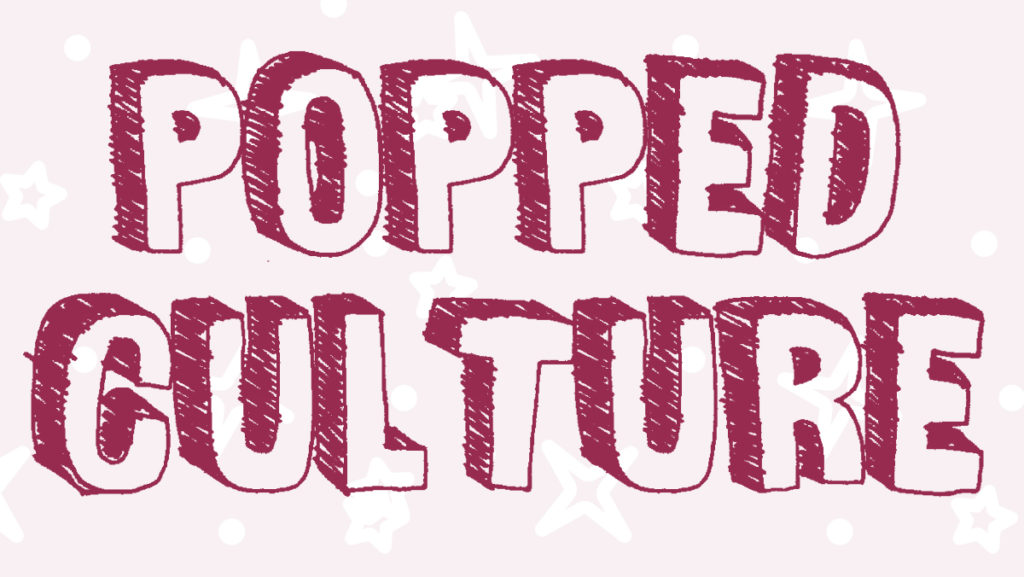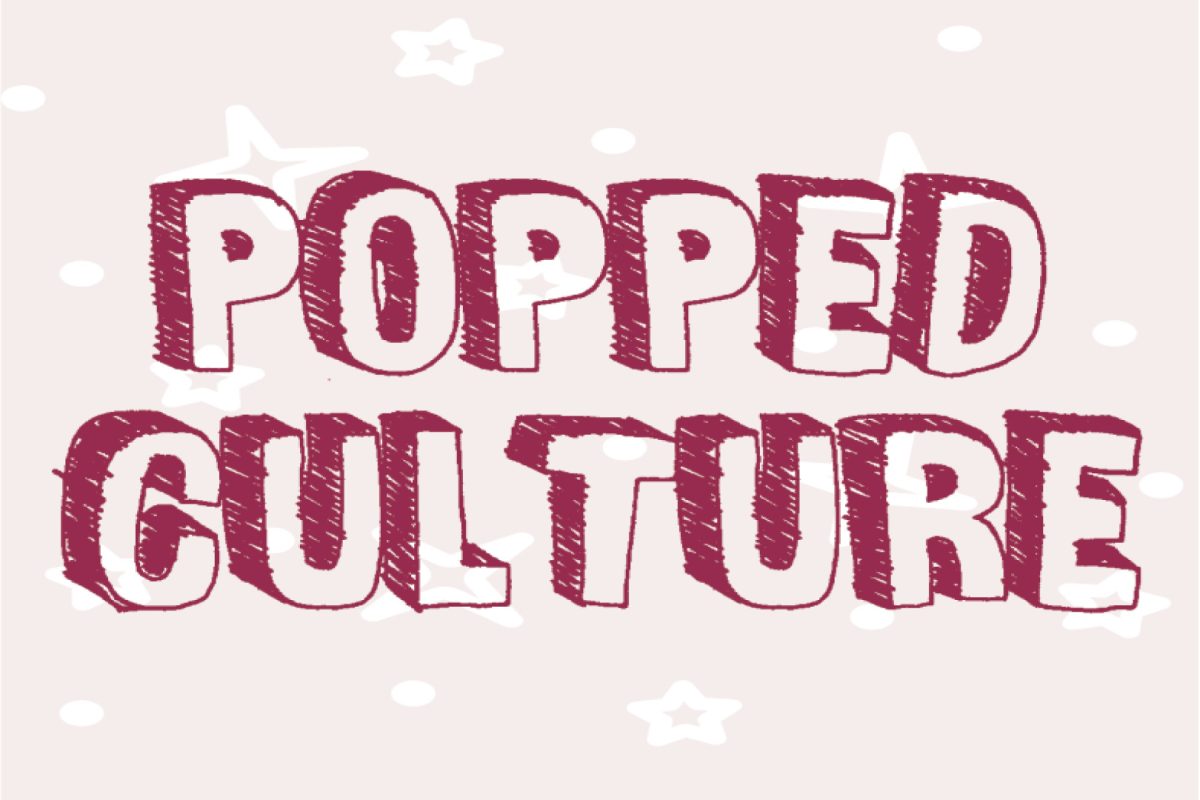With over 200 novels to his name and the record for most books on The New York Times Best Sellers list, James Patterson sits as the unchallenged king of modern commercial literature. However, as Patterson’s empire grows, his name has begun to feel less like the name of a beloved author and more like a trademark that is dominating much of genre fiction.
Patterson has stepped into the pools of countless literary genres: sci-fiction, fantasy, horror and most notably thriller. He’s written for both adult and child audiences. On the outside, he is a jack of all trades, but Patterson’s books always follow a distinct style regardless of genre. His stories are fast–paced and trope–heavy. His sentences are short and simple, and chapters often span one page or one sentence. His style is so simple it can be reproduced over and over across hundreds of books. Patterson claims he designed this style to draw in people who aren’t avid readers, but this style also feels ideal for replication by authors who aren’t Patterson.
A brief scan over Patterson’s repertoire will show that he collaborates a lot. Out of the 20 books Patterson has already published this year, 17 of them have been listed as collaborations with other writers. Patterson rarely writes his own books and is open about this fact. He writes detailed outlines for story ideas and then passes them off to lesser–known writers to write for him. Collaborating with other writers itself isn’t a bad practice, especially when it allows newer authors to enter the spotlight. But the absurd number of books Patterson tacks his name on in a year raises speculation about how much “collaboration” is really going on.
For reference, Stephen King, another notoriously fast writer, is only releasing three books this year.
On the surface, Patterson is a supporter of new writers. In addition to his collaborations, he promotes “James Patterson Presents,” a list of books written by smaller authors that Patterson has deemed worthy of bringing before his massive audience. Other popular writers, like children’s author Rick Riordan, have similar lists. In terms of marketing, a small author getting the words “James Patterson Presents” printed on their books offers a chance of getting noticed unlike any other. However, it’s also the enormity of Patterson’s name that creates a problem.
The literal enormity. For marketing purposes, Patterson’s name always appears in large letters on the cover of every book he works on, while his collaborators’ names always appear in significantly smaller print. Patterson’s name sells, that’s just a fact, but he’s not the one actually writing these books, he’s merely providing the story. The names of Patterson’s collaborators are often little more than a footnote on the bottom of the cover or a subscript appearing directly under Patterson’s best-selling name.
In most cases, authors don’t have much control over how large their name appears on the cover of a book, but Patterson is directly involved in the marketing of his books. Patterson treats his name as a brand and is careful about how it appears on TV advertisements and in stores. He also claims he passes the job of writing his books to other authors in order to focus more of his attention on plot and marketing.
The only time a collaborator’s name appears as large as Patterson’s is when he is working with a celebrity. Former president Bill Clinton wrote two thrillers with Patterson and musician Dolly Parton has a book release with Patterson slated for 2022.
Patterson has created a dime novel factory and established a foolproof method of constantly appearing on The New York Times Best Sellers list through quantity of volumes and brand recognition. He’s mastered the art of marketing but he will never master the art of writing unless he decides to pick up a pen more often.





